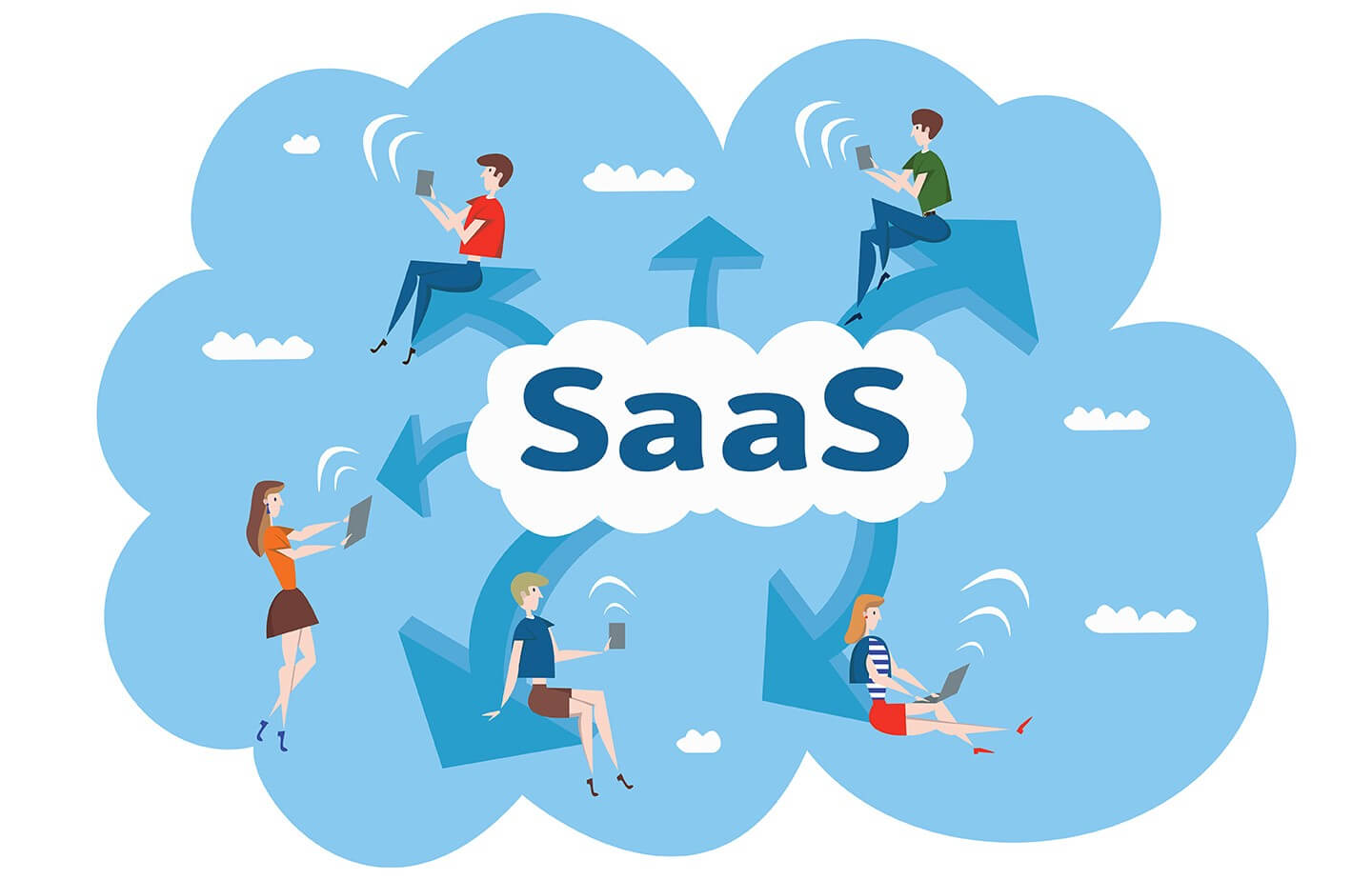
Pricing is one of the most difficult strategies in SaaS application that needs to be developed. There are things that could impact revenue and the future of the company. Many SaaS startups don’t usually think of this important factor as they face the overwhelming task of making and running SaaS business, says Josh Melick.
Many SaaS groups tend to do bronze, silver, or gold plans where each tier comes with more features. Melick mentioned that they may also use it separately or just a part of it and see per seat licensing and or other “usage” pricing qualifications. Like “This many users” or “send this many messages or “use this much storage space”.
2 Dimensional Plans :
Those mentioned above are what Melick sighted as dimensional plans. One is the tier, the other dimension is usage. Most of the new businesses tend to think simply and just use one dimension. Use just one plan, or usually don’t charge users anymore. It might be good for some cases such as selling to SMB’s with few employees, or specialty apps like accounting or legal department which is of but a few users. For this particular dimension, it might include enough messages or storage for most users, or protect it against extreme usage, said Melick.
Melick advised that “Grandfathering” customers is a common strategy that startup businesses use into all inclusive packages with no upsells. Problem is, they might be creating a legacy of no price increase and in result, the business will not be charged for increased features that the business may create in the future. Other companies are hesitant in adding a “pricing gate” as it will discourage current customers into using new features – that is where the problem lies as the company needs the customers to give them feedback so that the company can perfect the platform and make best experiences. And that is the actual concern.
All of this may cost the business some money and the business has left out other pricing dimensions that are as essential.
There’s a Third Dimension and it matters.Time is the third dimension. The prices in your business as well as those that are around it will rise over time. You can’t just depend on changes, upgrades or even inflation to grow your share in time. Increasing prices in line with the inflation might cost you money in the long run. Prices may increase over time to stay competitive in the business and adjust with the inflation.Growth is needed. Growth-minded SaaS businesses are well aware that over time, every area in the business needs to grow. Grow on features, customers. Expanding accounts and lands. This is how businesses achieve the most sought after “Net Negative Churn”.
More startup businesses are hoping that prices will eventually rise over time and it’ll come naturally in one of the dimensions Melick mentioned like the usage of the customer will increase in the long run or customers liking the business’ new feature. These strategies are optimistic but don’t guarantee a revenue in the future. Rather than waiting for the price rise to happen, be straightforward and make it happen. Right then, the revenue will follow, says Melick.
How do you do that? Melick said that it won’t be easy but it is possible to take consideration of time to the account and adjust the pricing accordingly leading to higher revenues. Here are some pointers from Melick:
First, the hardest but most obvious to do is changing the price. Each year, increase the business prices to 5-10% without grandfathering. Definitely there will be feedback by doing this – it could be good, bad and ugly. There will be certain loyal customers of your business that will stay. It will be good as well if you can run some models on how much you can afford to lose and can still come up ahead with regards to the prices. Raising prices works because if not, it wouldn’t be in the standard private equity takeover playbook.
Second, include in each renewal cycle that the price will increase by percentage (5-7%) in the annual agreements clause. It works well in businesses that tend to negotiate. Naturally customers will try to negotiate. This will challenge your sales team, you might come into agreement with the customer for a flat increase once they are not satisfied by the end of the term. This strategy is with an added bonus as it gives customers a good reason to discuss the account by the end of the term. If you have confidence with your product, customers will continue on using it. Evergreen renewals without communications don’t get the business feedback.
Lastly, once automatic price increase is in place, business can already negotiate with the customers – but update customers instead. With more features or users, business may offer to waive the 7% for an upgrade to the next tier.
Pricing is a constant issue for SaaS founders. For the business revenue and profit number to be able to meet the goals, it is important to get the pricing element right. No one ever said that setting pricing is easy, don’t hesitate and check with experts if you need assistance. Don’t ignore it, hoping that it’ll solve problems by itself finishes Melick.
 2018 ·
2018 ·
Leave a Reply